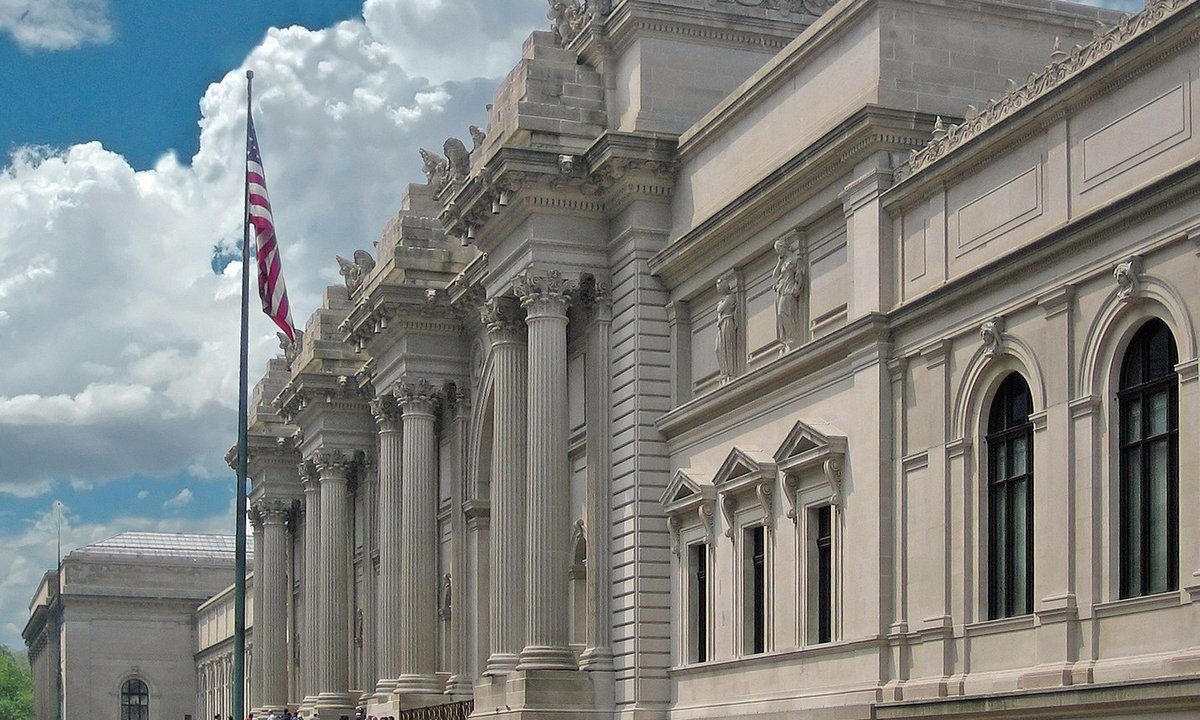The Metropolitan Museum of Art in New York has more than 1,000 objects in its collection that have ties to people allegedly involved in crimes related to the antiquities trade, according to a new report by the International Consortium of Investigative Journalists and other media outlets, sparking heightened scrutiny of the largest and most-visited museum in the US.
At least 1,109 pieces in the Met’s collection were previously owned by individuals who have been indicted or convicted of crimes including looting and trafficking, ICIJ and nonprofit Finance Uncovered found in a review of the Met’s antiquities collection. Of those objects, fewer than half have records available that detail how they left their countries of origin. And of the more than 250 antiquities at the Met with links to Nepal and Kashmir—two regions that have been especially badly impacted by looting—only three are listed with records that explain how the objects left the areas they originated in, according to ICIJ and Finance Uncovered.
Many objects in the Met collection also have clear links to individuals who have been implicated in the looting or trafficking of antiquities, according to ICIJ. The museum has almost two-dozen pieces that once belonged to American antiquities dealer Robert E. Hecht. The Met first started to acquire objects from Hecht in the 1950s, and continued to do so even after Hecht was charged by Italian prosecutors with smuggling in 1959 and 1961. The case against Hecht was later dismissed when the statute of limitations expired, and Hecht died in 2012 after consistently denying he played any role in illegally exporting art.
The Met also has more than 800 objects that once belonged to Jonathan P. Rosen, a business partner of Hecht’s who was charged alongside Hecht in Italy in 1997. The Cleveland Museum of Art agreed to return objects in its collections from Rosen in 2008 after learning they had allegedly been stolen, and in 2013, Cornell University agreed to return around 10,000 ancient Iraqi tablets donated by Rosen, according to The Los Angeles Times. Rosen’s lawyer denied the tablets had been illegally acquired. Another 85 pieces in the Met’s collection are connected to Subhash Kapoor, who last year was convicted in India of trafficking more than $100m worth of antiquities.
“The Met sets the tone for museums around the world,” Tess Davis, executive director of the anti-trafficking group Antiquities Coalition, told ICIJ. “If the Met is letting all of these things fall through the cracks, what hope do we have for the rest of the art market?”
The Met has been the subject of multiple high-profile seizures over the past few years. Last year, at least 29 items from the Met’s collection were seized by authorities in the US, including Egyptian bronzes, Greek busts and ancient plates, helmets and statues from all over the world, according to ICIJ.
In 2019, the museum agreed to return a 2,000-year-old gold coffin from Ancient Egypt that was thrust into the spotlight after reality television star Kim Kardashian posed alongside the artefact during the 2019 Met Gala. An investigation by the Manhattan District Attorney’s office confirmed the coffin had been looted and that the Met had purchased the piece after a dealer showed them a “poorly forged” export licence, according to ICIJ.
“The Met is committed to the responsible collecting of art and goes to great lengths to ensure that all works entering the collection meet the laws and strict policies in place at the time of acquisition,” museum spokesperson Kenneth Weine told ICIJ. “Additionally, as laws and guidelines on collecting have changed over time, so have the Museum’s policies and procedures. The Met also continually researches the history of works in the collection—often in collaboration with colleagues in countries around the world—and has a long track record of acting on new information as appropriate.”
The Met did not immediately respond to a request for comment from The Art Newspaper.


